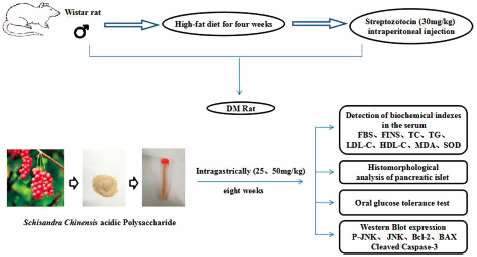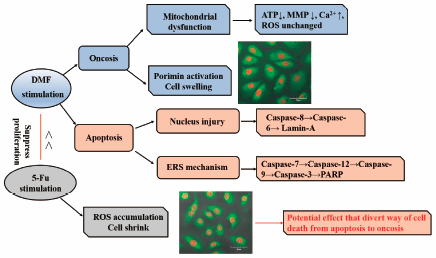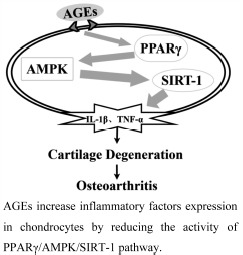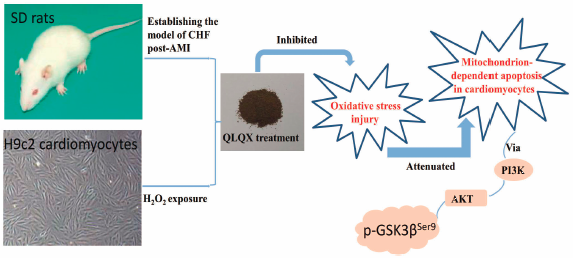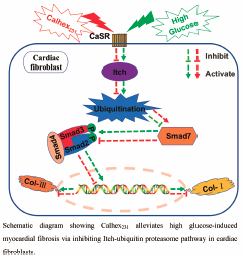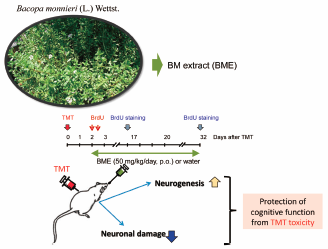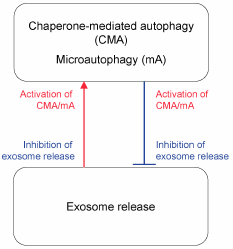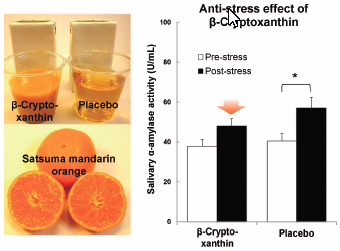42 巻, 8 号
選択された号の論文の25件中1~25を表示しています
- |<
- <
- 1
- >
- >|
Reviews
-
2019 年 42 巻 8 号 p. 1243-1252
発行日: 2019/08/01
公開日: 2019/08/01
PDF形式でダウンロード (756K) HTML形式で全画面表示 -
2019 年 42 巻 8 号 p. 1253-1267
発行日: 2019/08/01
公開日: 2019/08/01
PDF形式でダウンロード (3226K) HTML形式で全画面表示
Regular Articles
-
2019 年 42 巻 8 号 p. 1268-1274
発行日: 2019/08/01
公開日: 2019/08/01
PDF形式でダウンロード (857K) HTML形式で全画面表示 -
2019 年 42 巻 8 号 p. 1275-1281
発行日: 2019/08/01
公開日: 2019/08/01
[早期公開] 公開日: 2019/06/01PDF形式でダウンロード (2606K) HTML形式で全画面表示 -
2019 年 42 巻 8 号 p. 1282-1294
発行日: 2019/08/01
公開日: 2019/08/01
[早期公開] 公開日: 2019/05/18PDF形式でダウンロード (12143K) HTML形式で全画面表示 -
2019 年 42 巻 8 号 p. 1295-1302
発行日: 2019/08/01
公開日: 2019/08/01
PDF形式でダウンロード (6507K) HTML形式で全画面表示 -
2019 年 42 巻 8 号 p. 1303-1309
発行日: 2019/08/01
公開日: 2019/08/01
PDF形式でダウンロード (1840K) HTML形式で全画面表示 -
2019 年 42 巻 8 号 p. 1310-1321
発行日: 2019/08/01
公開日: 2019/08/01
[早期公開] 公開日: 2019/05/28PDF形式でダウンロード (8693K) HTML形式で全画面表示 -
2019 年 42 巻 8 号 p. 1322-1331
発行日: 2019/08/01
公開日: 2019/08/01
PDF形式でダウンロード (4240K) HTML形式で全画面表示 -
2019 年 42 巻 8 号 p. 1332-1336
発行日: 2019/08/01
公開日: 2019/08/01
PDF形式でダウンロード (597K) HTML形式で全画面表示 -
2019 年 42 巻 8 号 p. 1337-1344
発行日: 2019/08/01
公開日: 2019/08/01
[早期公開] 公開日: 2019/06/04PDF形式でダウンロード (6528K) HTML形式で全画面表示 -
2019 年 42 巻 8 号 p. 1345-1349
発行日: 2019/08/01
公開日: 2019/08/01
PDF形式でダウンロード (1070K) HTML形式で全画面表示 -
2019 年 42 巻 8 号 p. 1350-1357
発行日: 2019/08/01
公開日: 2019/08/01
[早期公開] 公開日: 2019/06/04PDF形式でダウンロード (734K) HTML形式で全画面表示 -
2019 年 42 巻 8 号 p. 1358-1365
発行日: 2019/08/01
公開日: 2019/08/01
PDF形式でダウンロード (1620K) HTML形式で全画面表示 -
2019 年 42 巻 8 号 p. 1366-1375
発行日: 2019/08/01
公開日: 2019/08/01
PDF形式でダウンロード (4516K) HTML形式で全画面表示 -
 2019 年 42 巻 8 号 p. 1376-1383
2019 年 42 巻 8 号 p. 1376-1383
発行日: 2019/08/01
公開日: 2019/08/01
Editor's pickReconstituted discoidal high-density lipoprotein particles are called lipid nanodisks, which can be developed for biocompatible delivery vehicles. The article by Tanaka et al. designed lipid nanodisks using a peptide (LpA peptide) with the LDL receptor-binding region of apolipoprotein E (apoE). Discoidal LpA nanodisks of approximately 10 nm in size were successfully prepared. In addition, the uptake of LpA nanodisks was higher than that of apoE nanodisks especially under the condition where the expression of LDL receptor was increased (LPDS) compared with the normal condition (FBS). Thus, LpA nanodisks are potential biocompatible delivery vehicles targeting LDL receptors.
PDF形式でダウンロード (1169K) HTML形式で全画面表示 -
2019 年 42 巻 8 号 p. 1384-1393
発行日: 2019/08/01
公開日: 2019/08/01
PDF形式でダウンロード (2998K) HTML形式で全画面表示 -
2019 年 42 巻 8 号 p. 1394-1401
発行日: 2019/08/01
公開日: 2019/08/01
PDF形式でダウンロード (1656K) HTML形式で全画面表示 -
2019 年 42 巻 8 号 p. 1402-1408
発行日: 2019/08/01
公開日: 2019/08/01
PDF形式でダウンロード (588K) HTML形式で全画面表示
Notes
-
2019 年 42 巻 8 号 p. 1409-1414
発行日: 2019/08/01
公開日: 2019/08/01
PDF形式でダウンロード (4044K) HTML形式で全画面表示 -
2019 年 42 巻 8 号 p. 1415-1418
発行日: 2019/08/01
公開日: 2019/08/01
[早期公開] 公開日: 2019/06/04PDF形式でダウンロード (1921K) HTML形式で全画面表示 -
2019 年 42 巻 8 号 p. 1419-1422
発行日: 2019/08/01
公開日: 2019/08/01
PDF形式でダウンロード (2524K) HTML形式で全画面表示 -
2019 年 42 巻 8 号 p. 1423-1427
発行日: 2019/08/01
公開日: 2019/08/01
PDF形式でダウンロード (545K) HTML形式で全画面表示 -
2019 年 42 巻 8 号 p. 1428-1432
発行日: 2019/08/01
公開日: 2019/08/01
PDF形式でダウンロード (891K) HTML形式で全画面表示 -
2019 年 42 巻 8 号 p. 1433-1436
発行日: 2019/08/01
公開日: 2019/08/01
PDF形式でダウンロード (454K) HTML形式で全画面表示
- |<
- <
- 1
- >
- >|




